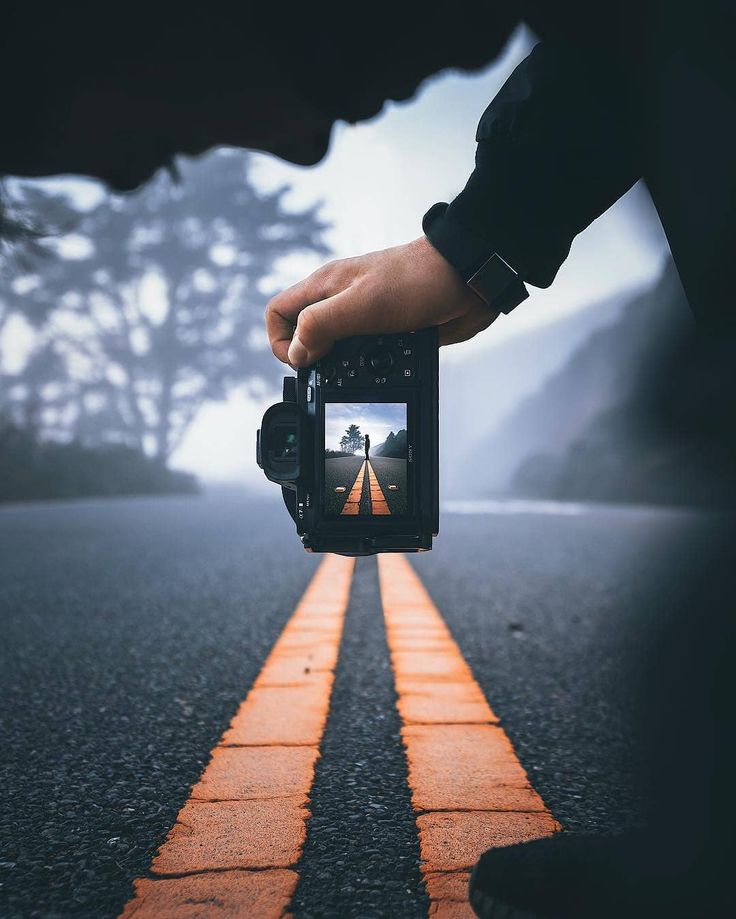India, with its diverse landscapes and rich biodiversity, is a paradise for wildlife photographers. From the majestic tigers of Jim Corbett National Park to the colorful birds of Kaziranga National Park, there’s something for every wildlife enthusiast to explore. This article will provide you with tips and insights for capturing stunning wildlife images in India.
Best National Parks for Wildlife Photography
- Jim Corbett National Park (Uttarakhand): Renowned for its tiger population, Jim Corbett is one of the most popular national parks in India for wildlife photography.
- Kaziranga National Park (Assam): Kaziranga is home to the highest density of one-horned rhinoceros in the world, as well as elephants, tigers, and a variety of bird species.
- Ranthambore National Park (Rajasthan): Ranthambore is another popular destination for tiger photography,with its rugged terrain and ancient forts.
- Kanha National Park (Madhya Pradesh): Kanha is known for its diverse wildlife, including tigers, leopards,and barasingha (swamp deer).
- Gir National Park (Gujarat): Gir is the only sanctuary for Asiatic lions in the world.
Tips for Capturing Wildlife
- Research the Park: Before your trip, research the specific wildlife that can be found in the park you are visiting.This will help you plan your itinerary and gear accordingly.
- Arrive Early: Many animals are most active at dawn and dusk. Arriving early will give you the best chance of spotting wildlife.
- Be Patient: Wildlife photography requires patience. Be prepared to wait for the perfect moment to capture a shot.
- Use a Telephoto Lens: A telephoto lens is essential for capturing wildlife from a distance without disturbing them.
- Blend In: Dress in neutral colors and avoid making sudden movements to avoid scaring animals away.
- Use a Tripod: A tripod is helpful for capturing sharp images, especially in low-light conditions.
- Respect Wildlife: Always respect the wildlife and their habitat. Avoid disturbing or harassing animals.
Gear Recommendations
- DSLR or Mirrorless Camera: A high-quality camera with good low-light performance is essential for wildlife photography.
- Telephoto Lens: A telephoto lens with a focal length of at least 200mm is recommended for capturing wildlife from a distance.
- Tripod: A sturdy tripod is essential for capturing sharp images, especially in low-light conditions.
- Remote Shutter Release: A remote shutter release can help you avoid camera shake and capture sharper images.
- Extra Batteries and Memory Cards: Wildlife photography can be physically demanding, so it’s important to have extra batteries and memory cards.
Ethical Considerations in Wildlife Photography
- Avoid Disturbing Wildlife: Never approach wildlife too closely or attempt to feed them. This can disrupt their natural behavior and put them at risk.
- Respect Park Rules: Always follow the rules and regulations of the national park you are visiting.
- Support Conservation Efforts: Consider supporting conservation organizations that work to protect wildlife and their habitats.






